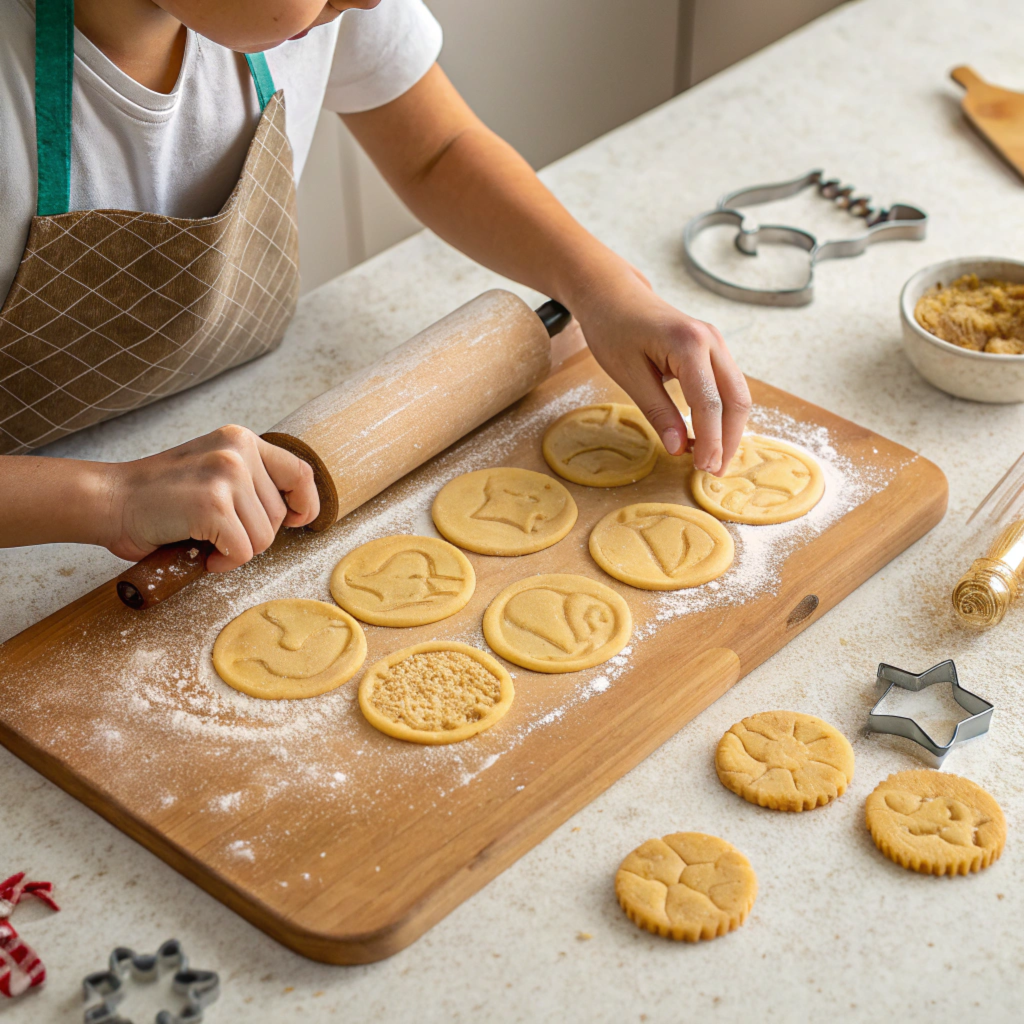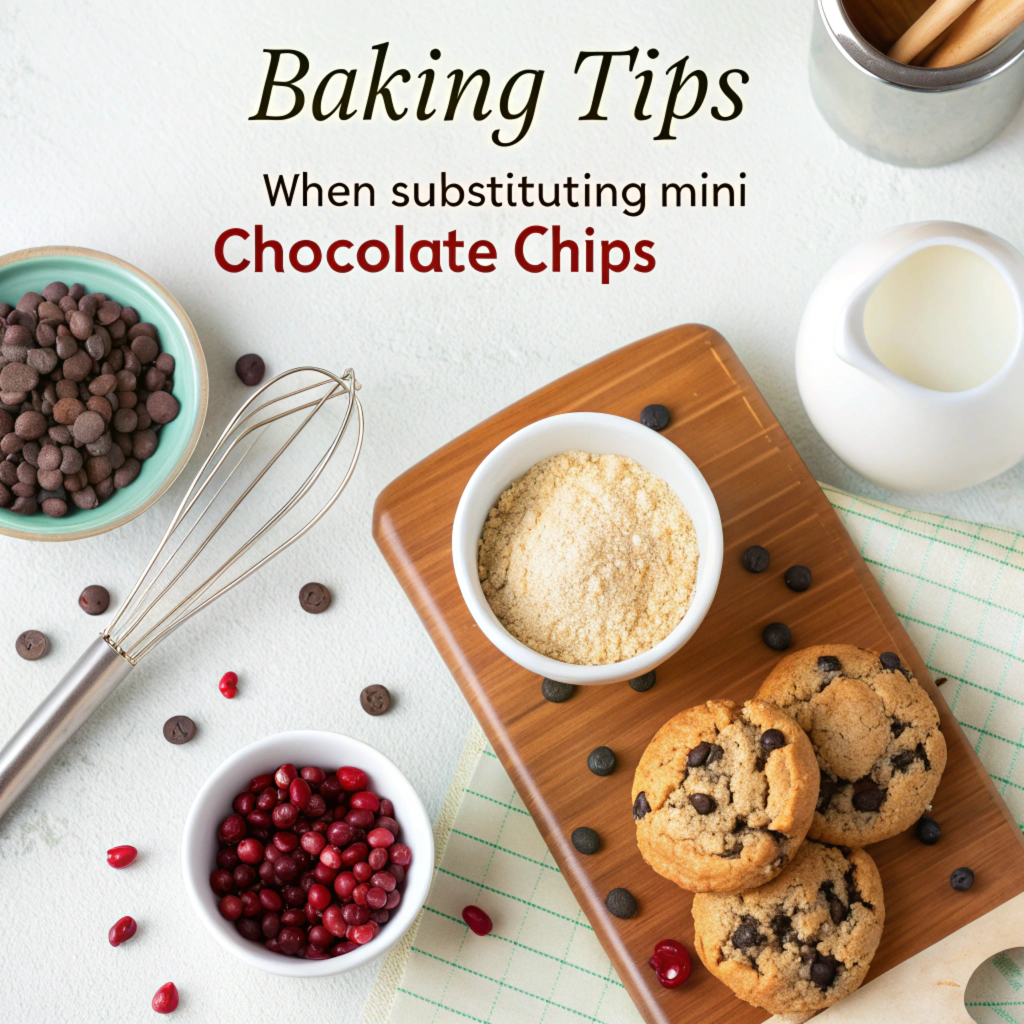
What Are Small Round Cookies?
Small round cookies are bite-sized treats that are loved for their simplicity, versatility, and aesthetic appeal. These cookies, typically no larger than two inches in diameter, are ideal for snacking, gifting, and serving at events. Their petite size ensures consistent baking and makes them perfect for portion-controlled indulgence.
Why Choose Small Round Cookies Over Larger Ones?
Small round cookies aren’t just adorable—they’re also incredibly practical. Their size and shape make them versatile for various occasions while offering several practical advantages.
Portion Control and Presentation Benefits
Small cookies allow you to enjoy your favorite desserts without overindulging. Perfect for those mindful of their calorie intake, they offer a guilt-free way to satisfy sweet cravings. Additionally, their uniform size and shape make for a visually appealing presentation, whether on a dessert platter or in a gift box.
Perfect Occasions for Small Cookies
- Parties and Events: Easy to grab and eat, small cookies are excellent for buffets or finger food platters.
- Gift Boxes: Their uniform size makes them fit beautifully into decorative tins or packaging.
- Everyday Snacking: These cookies are just the right size for a quick, satisfying treat without the commitment of a larger dessert.
Essential Ingredients for Small Round Cookies
Choosing the Right Flour and Sugar
The base ingredients for small round cookies play a crucial role in determining their flavor, texture, and overall success. Choosing the right flour and sugar can elevate your cookies to perfection.
Types of Flour for the Perfect Texture
- All-Purpose Flour: The go-to choice for most cookie recipes, it offers a balanced texture and structure.
- Pastry Flour: Ideal for a softer and more delicate crumb, great for melt-in-your-mouth cookies.
- Alternative Flours: Almond or oat flours can be used for gluten-free options, though they may alter the consistency.
Sweeteners: Granulated, Brown, or Alternatives
- Granulated Sugar: Creates a crisp texture and balanced sweetness.
- Brown Sugar: Adds a chewy texture and a hint of caramel flavor.
- Sugar Alternatives: Coconut sugar or stevia can replace traditional sugar for healthier cookies, though adjustments in liquid ingredients may be necessary.
Butter, Oils, and Fats
Fats are integral to achieving the right flavor and texture in small round cookies. They impact everything from how the cookies spread to how they taste.
How They Affect Flavor and Texture
- Butter: Provides richness and a slightly crisp edge while promoting a tender center.
- Shortening: Results in softer cookies with less spreading, ideal for maintaining round shapes.
- Oil: Works well in vegan recipes but requires careful measurement to avoid overly greasy cookies.
Substitutes for Dairy-Free Options
For those avoiding dairy, consider using:
- Coconut Oil: A natural alternative with a mild tropical flavor.
- Margarine or Vegan Butter: Mimics the properties of traditional butter while keeping the recipe plant-based.
Add-ins for Creative Cookie Recipes
Small round cookies can be customized with various add-ins to suit any occasion or preference.
Chocolate Chips, Nuts, and Flavorings
- Chocolate Chips: Mini or chopped chocolate pieces distribute evenly for bursts of sweetness.
- Nuts: Almonds, pecans, or walnuts add crunch and depth to the texture.
- Extracts and Zest: Vanilla, almond extract, or lemon zest enhance the aroma and flavor.
How to Balance Flavor and Dough Consistency
When adding ingredients, consider the dough’s moisture balance:
- Too many dry add-ins (like nuts) may require an extra splash of liquid or a smaller portion of flour.
- Sticky additions like caramel chunks can be coated lightly with flour to prevent clumping.
Tools and Equipment for Small Round Cookies
Measuring Tools for Consistency
Precision is key when baking small round cookies. Using the right measuring tools ensures accurate ingredient proportions and consistent results.
Why Accuracy in Measurements Matters
Small variations in ingredients can drastically affect the texture, taste, and appearance of cookies. Over-measuring flour can lead to dense cookies, while too much liquid can cause them to spread too thin.
Recommended Measuring Tools
- Measuring Cups and Spoons: Ideal for dry and wet ingredients. Opt for a complete set for versatility.
- Digital Scale: Provides precise measurements, especially useful for add-ins like nuts or chocolate chips.
- Liquid Measuring Cups: Designed for wet ingredients to prevent spills and inaccuracies.
Baking Sheets and Liners
The right baking sheets and liners can prevent sticking, promote even baking, and make cleanup easier.
Types of Baking Trays and Liners to Use
- Non-Stick Baking Sheets: Reduce the need for greasing while ensuring even heat distribution.
- Silicone Baking Mats: A reusable, eco-friendly option that prevents sticking and promotes even browning.
- Parchment Paper: Convenient and disposable, ideal for quick cleanup.
Tips for Preventing Cookies from Sticking
- Lightly grease the tray if not using a non-stick liner.
- Ensure cookies are evenly spaced to prevent them from merging as they bake.
- Allow cookies to cool slightly on the tray before transferring to a wire rack.
Shaping Tools for Perfectly Round Cookies
Uniform shaping tools are essential for achieving the consistent, small round shape that makes these cookies so appealing.
Cookie Scoops, Piping Bags, and Alternatives

- Cookie Scoops: Ensure uniform size and shape with minimal effort.
- Piping Bags: Useful for softer doughs that can be piped directly onto baking sheets.
- Spoons or Ice Cream Scoops: Practical alternatives if specific tools are unavailable.
Hand-Rolling Techniques for Uniformity
For a more hands-on approach:
- Chill the dough to make it less sticky.
- Use a teaspoon or small scoop to portion out the dough.
- Roll between your palms to form smooth, even balls before placing them on the baking sheet.
The Step-by-Step Process for Making Small Round Cookies
Preparing the Dough
The foundation of perfect small round cookies lies in a well-prepared dough. Follow these steps for a smooth and consistent mixture.
Mixing Ingredients for Smooth Consistency
- Cream the Butter and Sugar: Begin by creaming softened butter with sugar until light and fluffy. This step ensures a tender texture and even sweetness.
- Incorporate Wet Ingredients: Add eggs, vanilla extract, or any other liquid ingredients gradually. Mix until fully combined.
- Add Dry Ingredients: Slowly fold in the flour, baking powder, and any spices. Avoid overmixing to prevent tough cookies.
When and How to Chill Dough
Chilling the dough helps retain the cookies’ round shape and prevents excessive spreading:
- Timing: Chill for at least 30 minutes or up to 24 hours.
- Technique: Wrap the dough in plastic wrap or store it in an airtight container to maintain moisture and prevent drying out.
Shaping the Cookies
Uniform shaping is critical for even baking and a visually appealing batch.
Techniques for Uniform Small Rounds
- Use a Cookie Scoop: Scoop out equal portions of dough and drop them onto the baking sheet.
- Hand-Rolling: For precise roundness, roll each portion into a smooth ball between your palms.
Adjusting Size for Even Baking
Smaller cookies bake faster, so ensure all portions are similar in size. If making multiple trays, bake cookies of the same size together to prevent uneven baking.
Baking the Cookies
Baking is where the dough transforms into golden, delicious treats. Follow these steps for perfection.
Ideal Baking Temperatures and Times
- Temperature: Most small cookies bake at 350°F (175°C), which allows for even cooking without burning the edges.
- Time: Bake for 8–12 minutes, depending on the size and type of dough. Keep a close eye on the cookies during the final minutes.
Avoiding Overbaking or Undercooking
- Check for Doneness: Look for lightly golden edges and a slightly soft center, as cookies continue to bake on the tray after removal.
- Rotate Trays: If using multiple trays, rotate them halfway through to ensure even heat distribution.
Troubleshooting Small Round Cookie Issues
Why Are My Cookies Flat?
Flat cookies can be a common issue, but understanding the root causes can help you fix them effectively.
Common Causes and Solutions
- Too Much Butter: Excessive fat causes cookies to spread too much. Use a precise measuring tool and avoid over-softening butter.
- Overmixing the Dough: Overmixing activates the gluten, making cookies dense and prone to flattening. Mix just until combined.
- Skipping the Chilling Step: Chilling the dough prevents excessive spreading. Always chill soft dough before baking.
How to Retain Thickness and Shape
- Add a touch more flour if the dough feels too sticky.
- Use a higher baking temperature (375°F/190°C) for a shorter time to set the cookies quickly and maintain their shape.
Uneven Browning or Burning
Achieving evenly baked cookies can sometimes be tricky. Here’s how to avoid common issues.
Adjusting Oven Settings for Perfection
- Use an Oven Thermometer: Ensure your oven is calibrated and reaches the correct temperature.
- Preheat Properly: Always allow your oven to preheat fully before baking.
- Adjust Rack Placement: Bake cookies in the center of the oven for the most even heat distribution.
Preventing Hot Spots on Baking Sheets
- Rotate your baking sheet halfway through baking.
- Use heavy-duty or insulated baking sheets to avoid uneven heat conduction.
- Line your tray with parchment paper or a silicone mat to protect the cookie bottoms from burning.
Creative Variations for Small Round Cookies

Adding Unique Flavors to the Dough
Elevate your small round cookies by experimenting with unique flavors and ingredients that add a personal touch to your creations.
Lemon Zest, Spices, and Extracts
- Lemon Zest: Adds a refreshing citrus flavor, perfect for summer desserts.
- Spices: Cinnamon, nutmeg, or cardamom can add warmth and depth to your cookies.
- Extracts: Almond, coconut, or mint extracts can give your cookies a distinct and memorable taste.
Tips for Infusing Natural Flavors
- Balance the Dough: When adding liquid flavorings, reduce other liquids slightly to maintain consistency.
- Zest Wisely: Avoid zesting too deeply into citrus peels to prevent a bitter taste.
- Taste Test: Incorporate flavors gradually and taste the dough (if safe to do so) to adjust the intensity.
Decorating Small Cookies for Special Occasions
Presentation matters, and decorating your cookies can make them stand out for special events or gifts.
Using Glazes, Frostings, or Sprinkles
- Glazes: A thin icing glaze can add sweetness and shine without overwhelming the cookie’s flavor.
- Frostings: Pipe decorative frosting for intricate designs, perfect for themed events.
- Sprinkles: Use colorful sprinkles or edible glitter to match the occasion, from birthdays to holidays.
Crafting Elegant Presentation Ideas
- Gift Boxes: Arrange cookies in decorative tins or boxes with tissue paper for a polished look.
- Cookie Towers: Stack cookies in small towers tied with ribbon for an eye-catching display.
- Custom Shapes: Use cookie cutters to create themed shapes, then decorate with royal icing or edible markers.
FAQs About Making Small Round Cookies
1. Why are my cookies spreading too much?
Cookies often spread too much when the dough is too warm or contains excess butter. Chilling the dough before baking and ensuring accurate measurements of ingredients can prevent this.
2. What’s the best way to ensure cookies are perfectly round?
Using a cookie scoop or rolling the dough into balls with your hands ensures uniform shapes. Chilling the dough also helps maintain the round shape during baking.
3. How can I make my cookies softer?
To achieve softer cookies, use more brown sugar than granulated sugar, slightly underbake them, and add an extra egg yolk for moisture.
4. Can I freeze the dough for later use?
Yes, you can freeze cookie dough! Roll the dough into balls, place them on a tray to freeze, and then store them in an airtight container. Bake straight from the freezer, adding a couple of extra minutes to the baking time.
5. What’s the ideal size for small round cookies?
Small cookies are typically around 1.5–2 inches in diameter. Using a teaspoon or a small cookie scoop helps achieve consistent sizing.
6. How do I prevent my cookies from burning on the bottom?
Use parchment paper or silicone baking mats to line your trays, and bake cookies in the middle rack of the oven. Rotate the baking sheet halfway through baking for even results.
7. Can I use whole wheat flour instead of all-purpose flour?
Yes, but it may alter the texture and taste. Start by replacing half of the all-purpose flour with whole wheat flour to retain a balanced texture.
Get Baking Today!
Now that you know how to create the perfect small round cookies, it’s time to put your skills into action! Gather your ingredients, follow the tips, and experiment with creative variations to make a batch that’s uniquely yours. Whether you’re baking for a party, gifting to loved ones, or simply satisfying your sweet tooth, small round cookies are guaranteed to impress.
Don’t wait—start baking and share your creations with friends and family today!